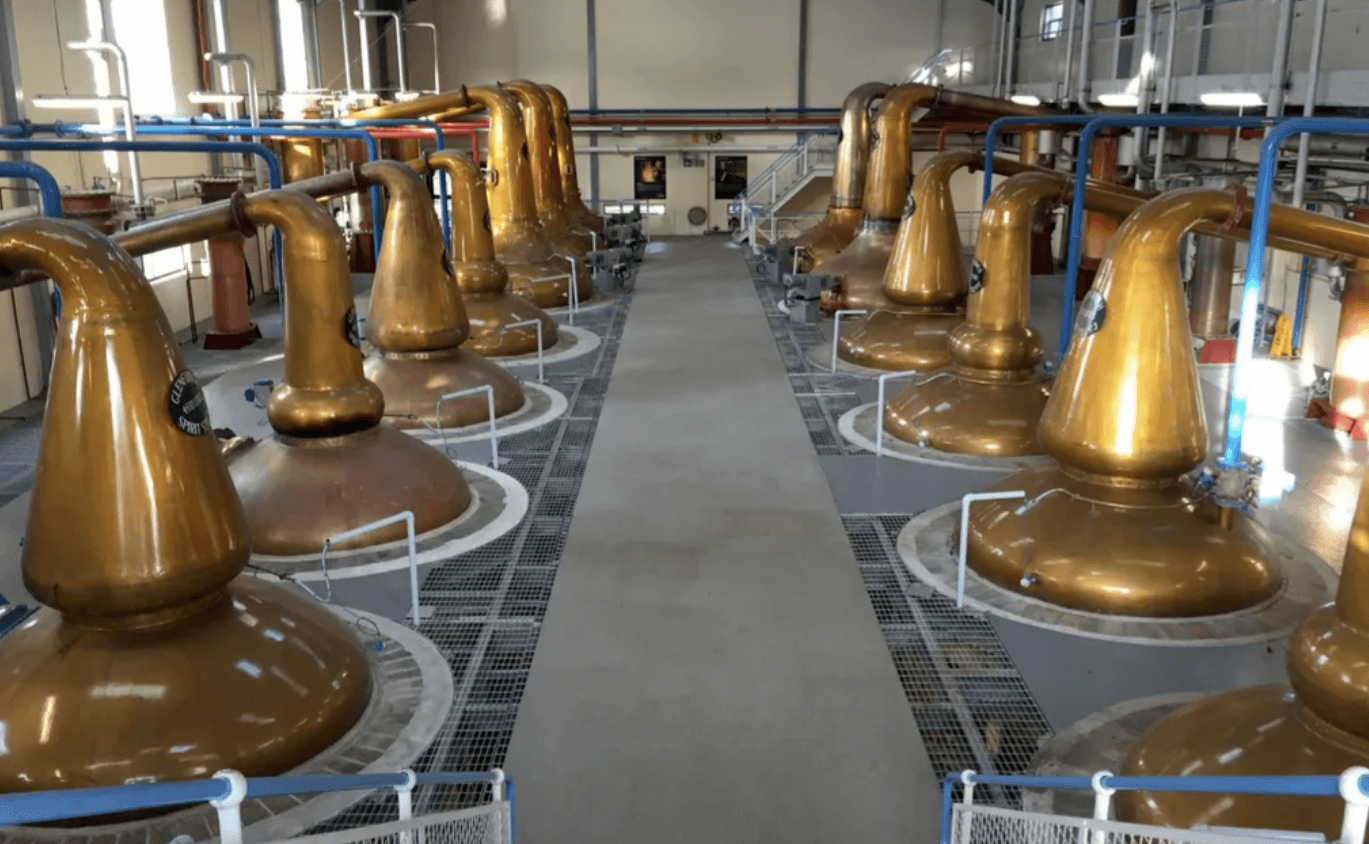How Is Whisky Made?

How is Whisky made?
Whisky, the beloved spirit that has been warming hearts and soothing souls for centuries. Its popularity worldwide, and the ever-expanding variations stemming from all the corners of the earth are testament to the importance of this drink. Almost mystical, it certainly carries an aura, but what goes into actually producing it?
Perhaps it is not as complex as you may think given the intricate flavours some bottles provide. This guide will help you to answer the question ‘how is whisky made?’.
Step 1: Malting
All whisky starts as raw grain, with the type of grain depending on the type of whisky being created. In the case of malt whisky, the grain used is barley. The barley is moistened to allow it to germinate, or effectively start sprouting ever so slightly, then heated and dried in preparation for the next step. Malting triggers the barley to release enzymes that will later help to convert the starches in the barley into sugars.
Step 2: Mashing
Before fermentation, the sugars in the barley have to be extracted, which is done by a process called ‘mashing’. The barley, or whichever grains are being used, are ground up and mixed with hot water in a large tank called a ‘mash tun’. The mixture is then blended together, releasing the sugars, and then strained of solids to produce a sugar-rich liquid called ‘wort’. Sounds delectable, doesn’t it?
Step 3: Fermentation
The wort is mixed with yeast, which converts the sugars within the liquid into alcohol. This process, called fermentation is undertaken in large vats, or ‘washbacks’, and takes between 48-96 hours, depending on the type of yeast used and the desired flavour profile. The result is a liquid called ‘distiller’s beer’ or ‘wash’, which typically registers an ABV of 7-10%.
Step 4: Distillation
For a whisky to be, well, whisky, it is necessary to considerably increase the alcohol content of the wash. This is done by a process called distillation. The wash is heated in a copper still, which captures and condenses the alcohol back into a liquid, while simultaneously removing impurities and undesirable flavours. The result is a very alcoholic liquid, ready for maturation.
Step 5: Maturation
The whisky is placed in specially chosen wooden barrels, which are selected by each whisky distillery, to rest and mature. The exact type of barrel very much depends on the type of whisky being produced, varying from country to country and grain to grain, but oak is particularly common. It will sit in these barrels for anywhere from three to 30 years, or in some cases even more, during which time the whisky interacts with the wood of the barrel, adopting new flavours and colour. Typically, the longer a whisky sits, the more complex and nuanced the flavours will become. As the whisky matures, some alcohol naturally evaporates, resulting in a distinct smell in the storage warehouse called ‘the angel’s share’.
Step 6: Bottling
Once the maturation process has been completed, the whisky is bottled at a minimum of 40% ABV. For larger producers, several barrels are combined at once to create a consistent flavour profile before bottling. In other cases, when only a single barrel is bottled at any one time, it is often clearly labelled as ‘single cask’.
And there you have it, the 6 steps of how whisky is made. From the humble barley grain to the beautiful bottled gold, it’s a process that requires patience, knowledge, and skill. Next time you take a sip of your favourite whisky, take a moment to appreciate the hard work that went into making it!
Speaking of which, have you read our guide on how to properly taste whisky and unlock its true depth of flavour? Click here to find out more.